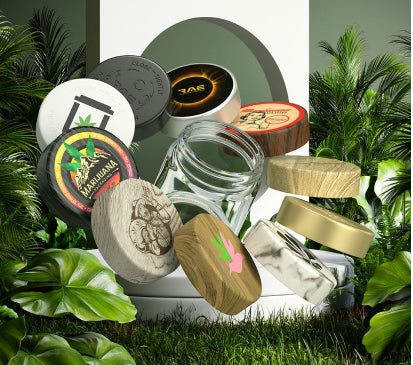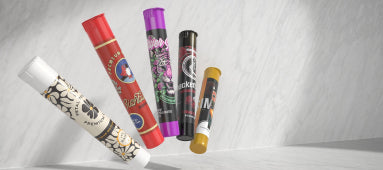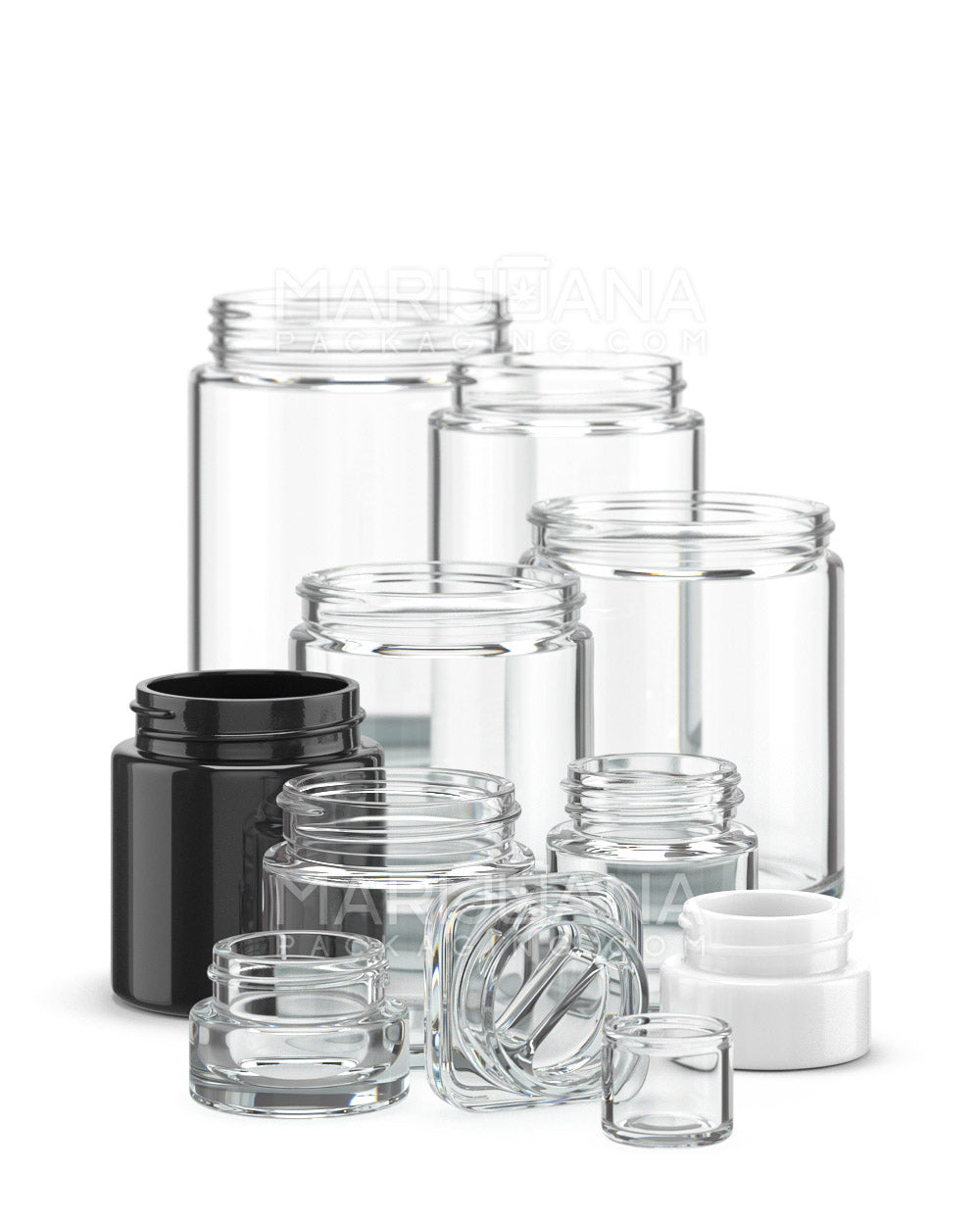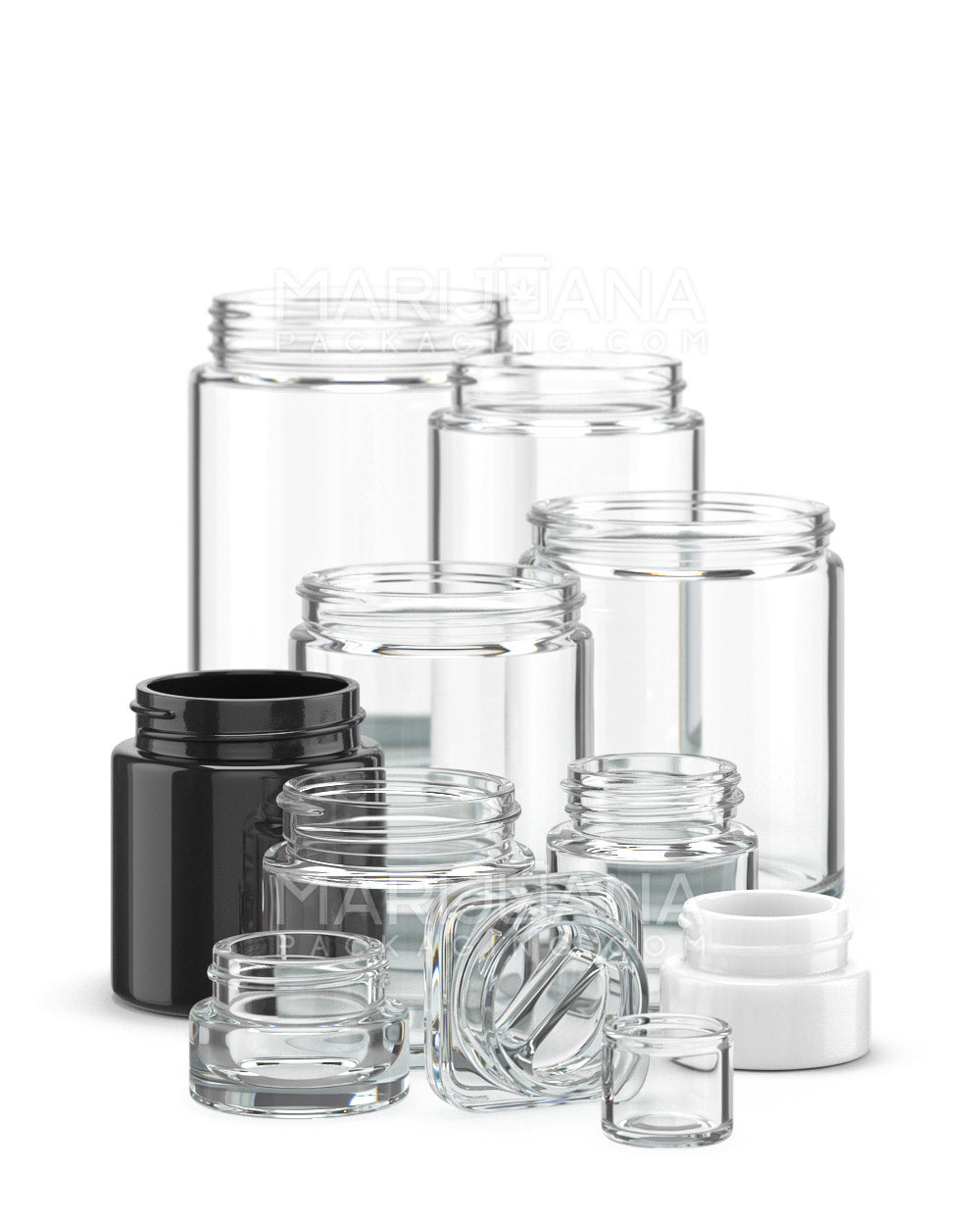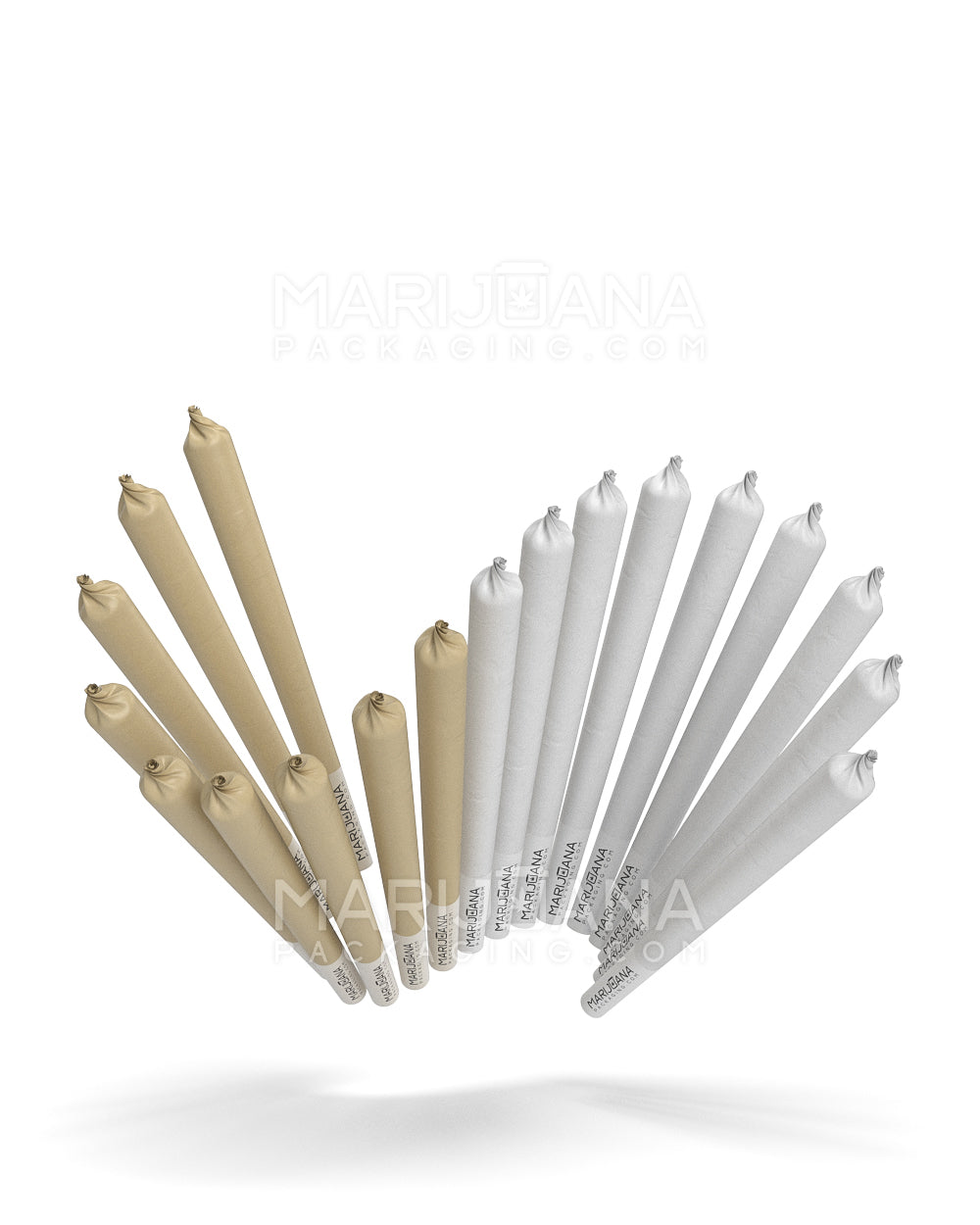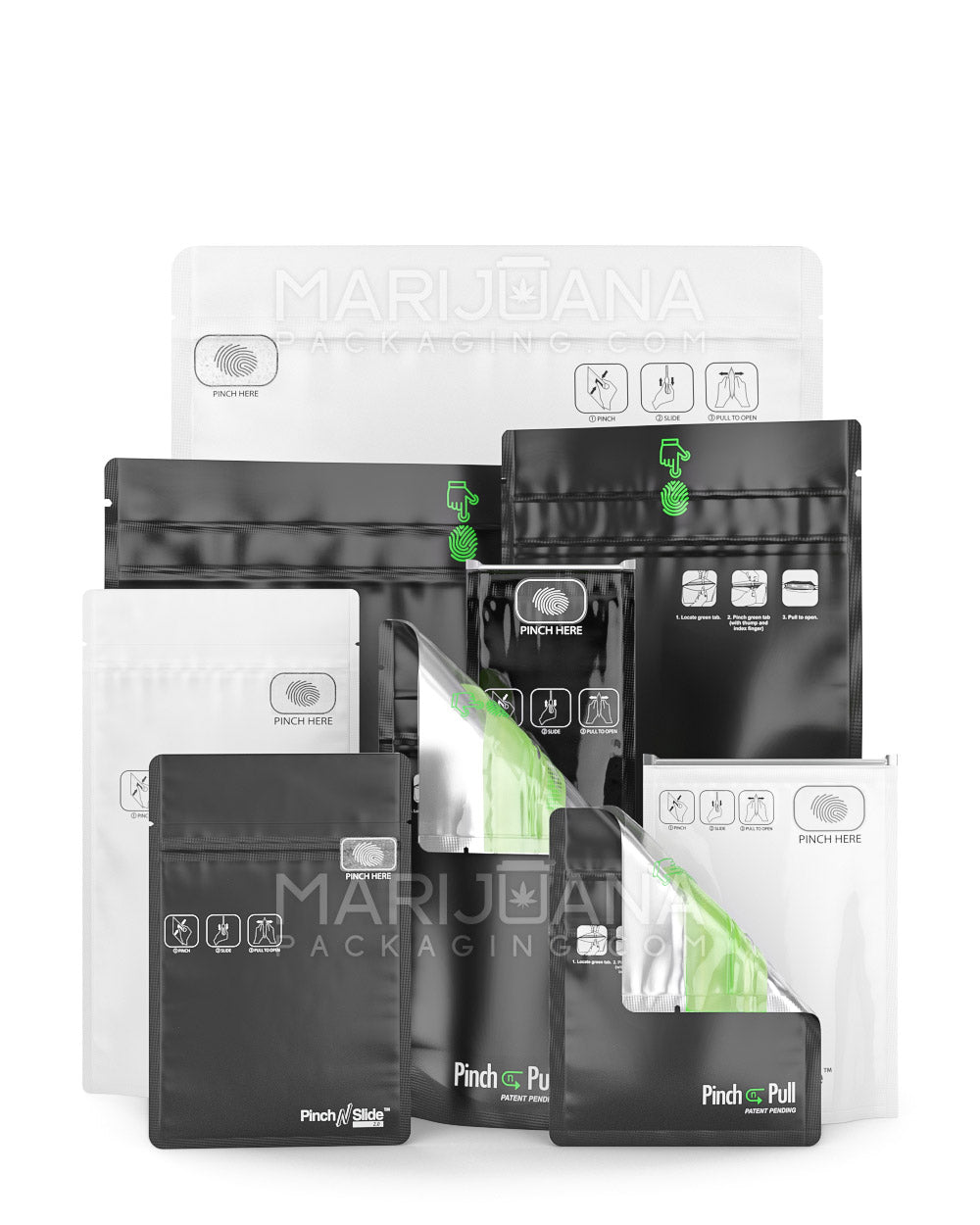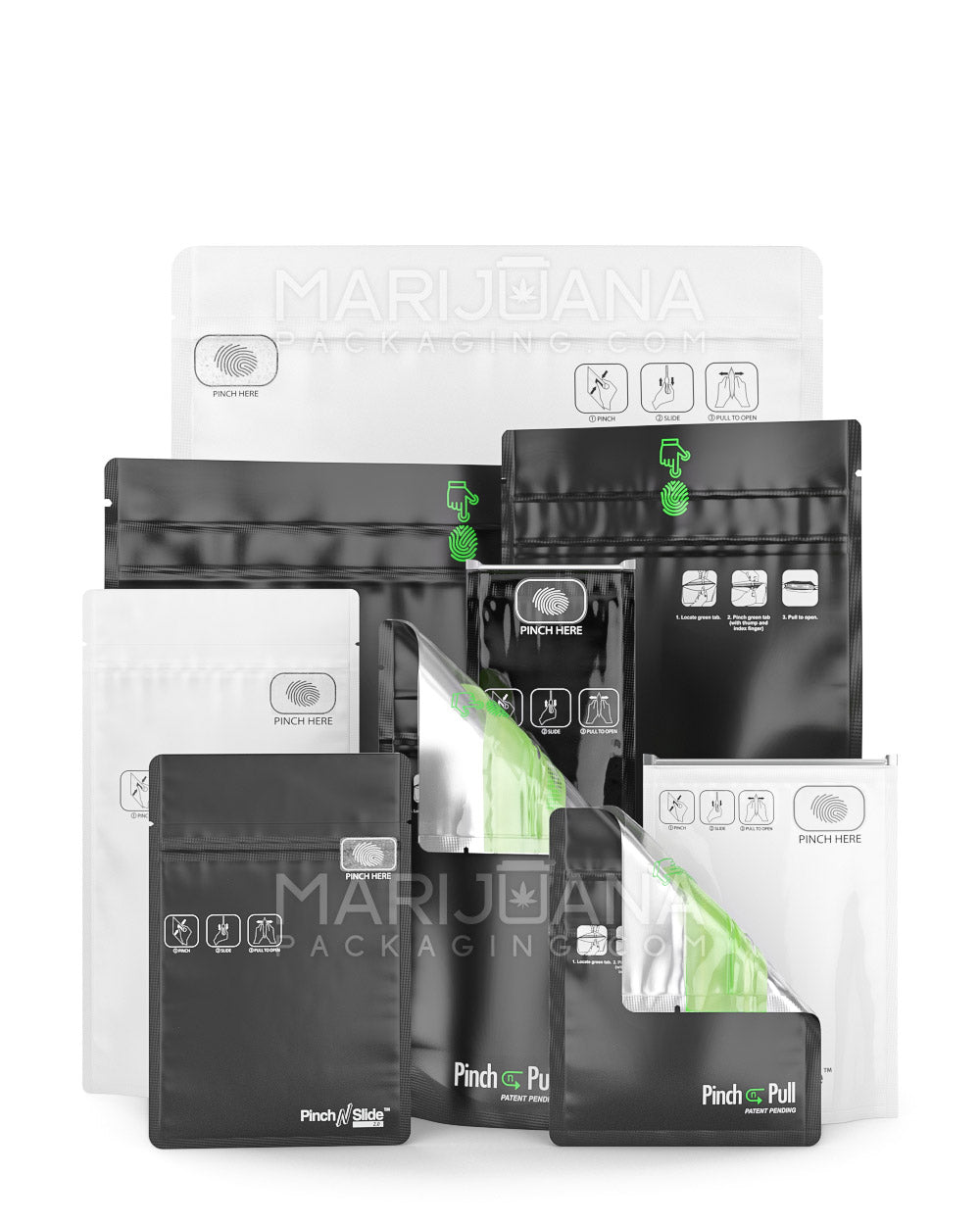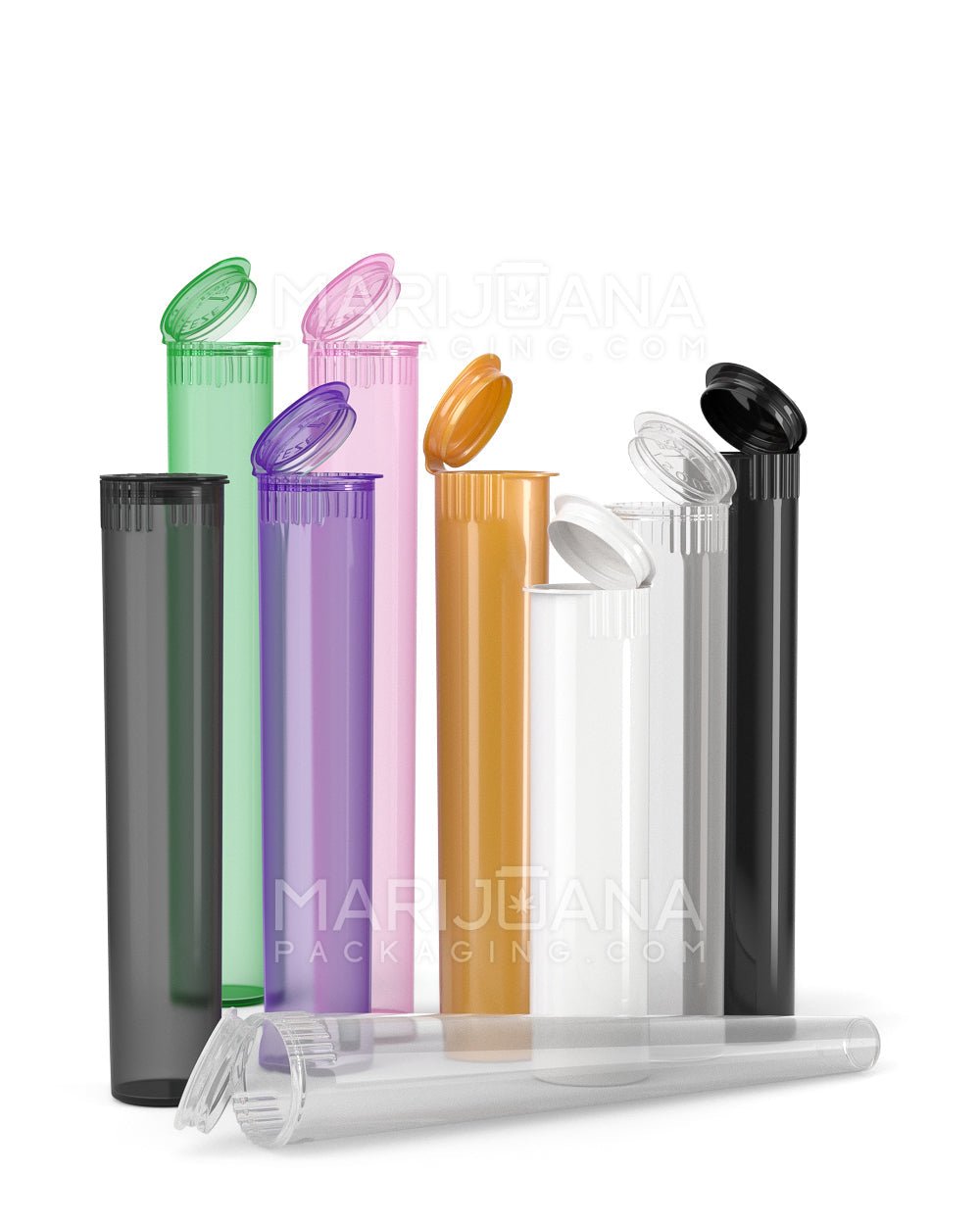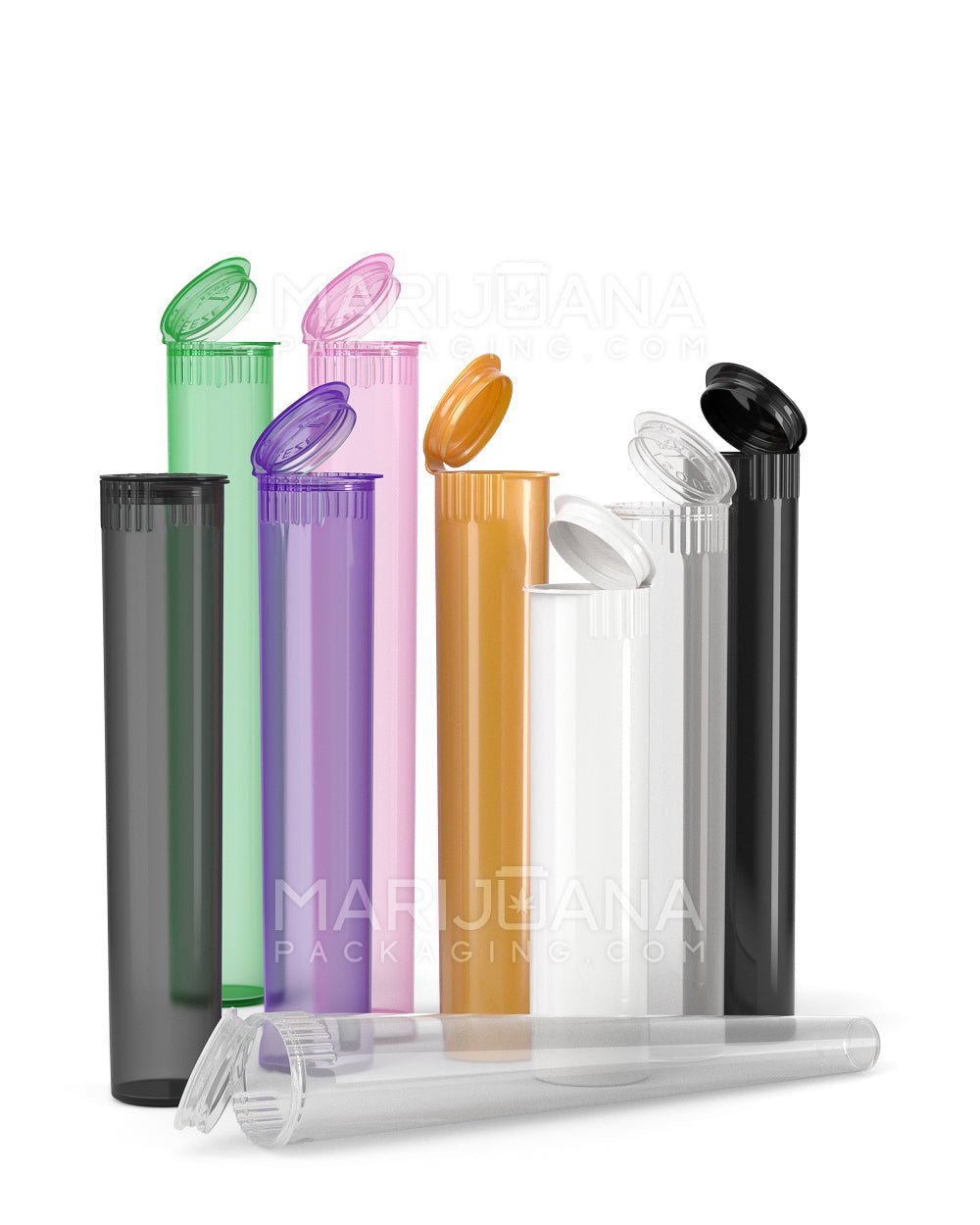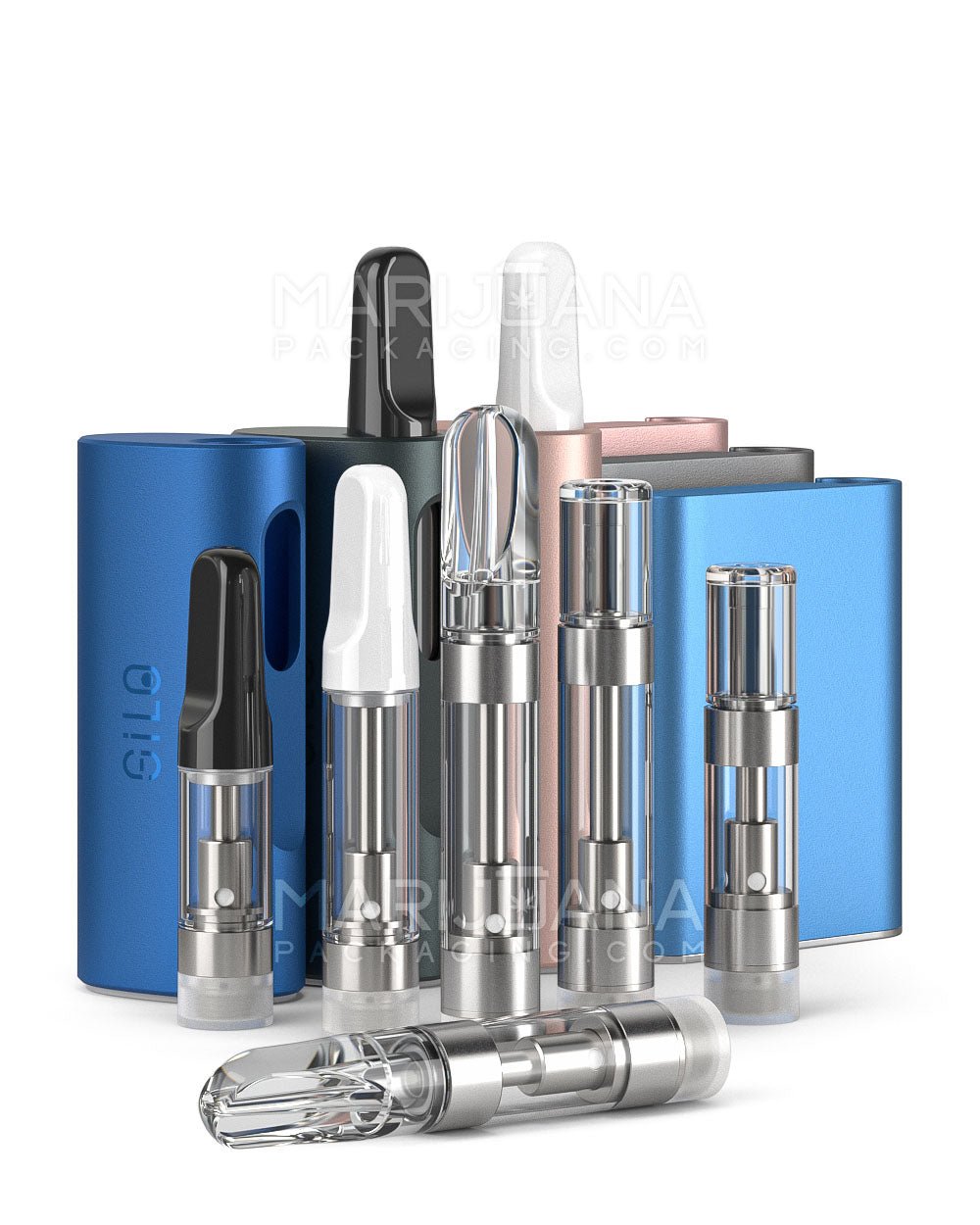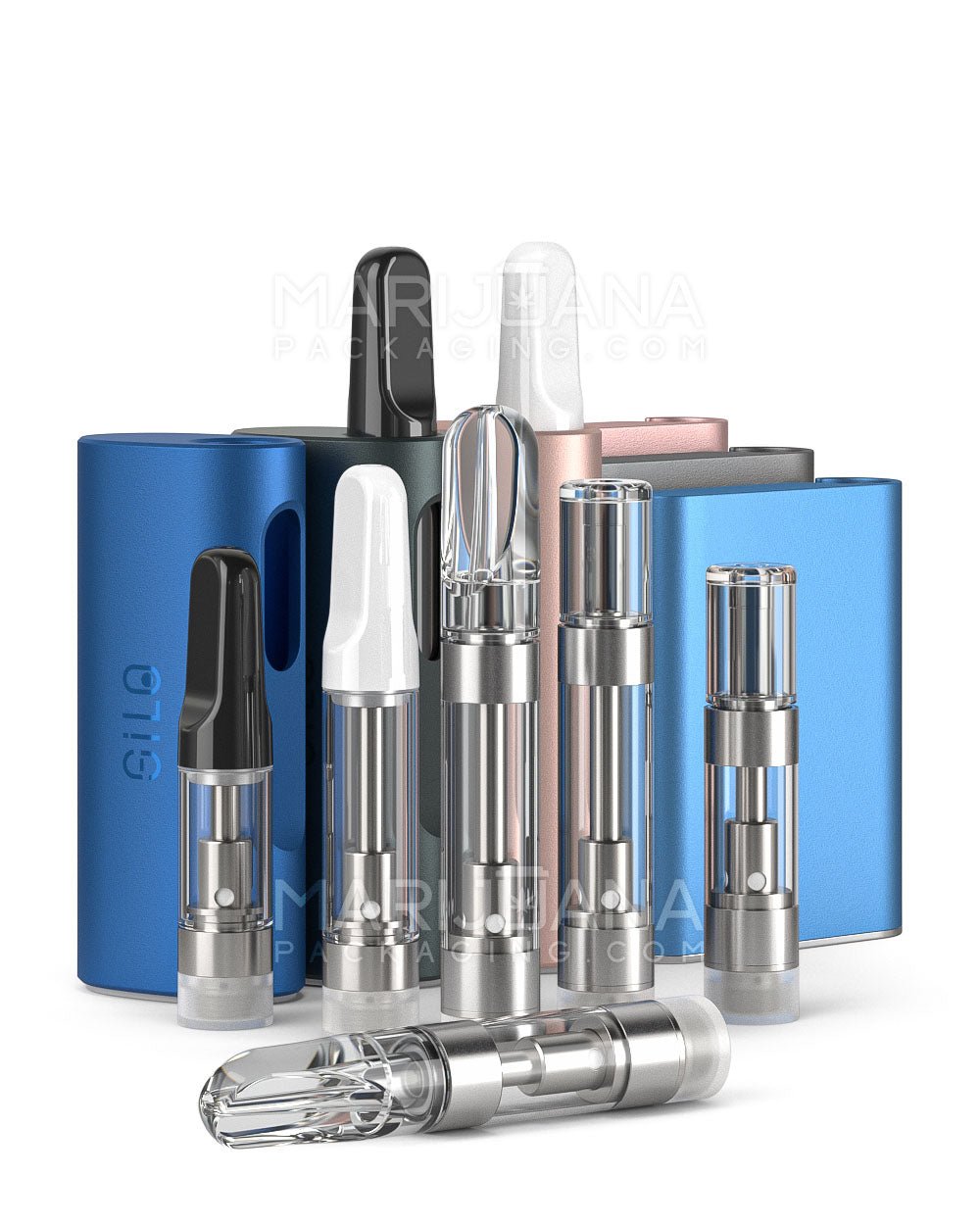Like our food, when it comes to hemp and weed we want to know what we are putting in our bodies. That being said, what you are smoking shouldn’t be a secret which is why advanced pest control strategies have become a top priority in cannabis cultivation.
Cultivating cannabis has always come with its unique set of challenges, cannabis and hemp flower must maintain a pest-free environment all the while adhering to the oh-so-strict regulations and demands for clean, high-quality products. Although growing amazing flower can often feel like a constant uphill battle there are some things farmers never forget to focus on and that is quality pest control.
Understanding Hemp and Cannabis Cultivation
Before we take a deep dive into the intricacies of plant diseases and pest control, let’s take a moment to introduce the plants at the center of this discussion properly – hemp and marijuana. To clear the air, hemp is a variety of the Cannabis sativa plant that contains negligible amounts of tetrahydrocannabinol (THC), but high amounts of cannabidiol (CBD). Marijuana on the other hand is the twin sister to hemp that we love to toke for that all too seductive high.
Both hemp and marijuana are naturally versatile crops with a wide range of applications. Whether you are consuming hemp seeds for their bomb and super-rich nutritional aspects or if hemp oil is more your style due to its health benefits and culinary uses and you consider yourself a part of the cannabis community you are likely to have heard the buzz.
The Importance of Clean Cannabis Cultivation
Cannabis cultivation, whether for hemp or recreational marijuana, demands meticulous attention to detail. From selecting the right hemp seeds to nurturing happy and healthy plants that yield high-quality flower, one thing is for sure every step influences the final product’s purity and potency.
Cultivators should always put themselves under immense pressure to maintain a clean and sustainable cultivation process. A pristine growing environment is crucial not only for ensuring the quality and safety of the final product but also for adhering to stringent regulations and meeting consumer expectations. Period.
The presence of pests and diseases during cannabis cultivation can be a total nightmare for us farmers, they can wreak havoc on our crops and completely compromise the integrity of our harvest. Pests like spider mites, aphids, and thrips can cause significant damage to plants, leading to reduced yields and potential contamination. Similarly, diseases like powdery mildew and botrytis can severely impact plant health and quality.
To combat these threats, cultivators must implement advanced pest control strategies prioritizing cleanliness and sustainability. This involves maintaining a meticulous growing schedule and environment free of debris, dead plant matter, and potential breeding opportunities for pests and pathogens.
Since pests and diseases can devastate crops, leading to significant financial losses and compromised product quality, time and hard work have pushed eco-friendly pest control in the right direction. Traditional approaches to pest control often involve chemical compounds that, if misused or overused, can pose serious health risks to consumers and harm the environment, two key indicators that we had to make a change.
Cannabis Cultivators and Chemical Misuse: The Dark Side
The legal cannabis industry has taken immense strides in transparency and adherence to strict regulations within the realm of cannabis and yet still Illegal cannabis cultivators, operating outside the bounds of the law, are known to misuse chemical compounds, including pesticides, in an attempt to protect their crops from pests and diseases.
Why is this an issue even though many consumers won’t see this product on the market you ask? Well, indiscriminate use of these chemicals not only poses significant risks to a consumer’s health but also contributes to environmental degradation and ecological imbalances, not to mention putting other farms at risk for contamination.
Yes, there’s more!
Unregulated pesticide application can contaminate soil and water sources, potentially harming wildlife and disrupting delicate ecosystems. The lack of oversight and quality control in the illicit market increases the likelihood of harmful residues ending up in the final product, putting consumers at risk of exposure to toxic substances.
These illicit practices underscore the importance of education and enforcement in the cannabis industry. That said, for legitimate hemp farmers, quality pest control involves proactive measures. Integrated Pest Management (IPM) systems, which combine biological, cultural, and chemical control methods judiciously, are gaining popularity. These systems not only protect crops effectively but also promote sustainability by reducing reliance on harmful chemicals. Thank goodness for that!
Embracing Quality Pest Control: A Holistic Approach
Fear not! To address the challenges posed by pests and diseases while maintaining a clean and sustainable cultivation process, the legal cannabis industry is embracing a holistic approach to pest control. This approach combines various strategies, so let’s look at a new approach.
Biological Control
My personal favorite is biological control. This involves using natural predators, parasites, or pathogens to manage pest populations. This method aligns with sustainability principles and minimizes the need for chemical interventions.
Examples of biological control agents include beneficial insects like ladybugs, which feed on aphids and other soft-bodied pests, and predatory mites, which can effectively control spider mite infestations. Incorporating beneficial insects like ladybugs consistently at every stage of the plant’s life cycle can make all the difference and truly save your crop up to the time of harvest!
Cultural Practices
The trick with cultural practices is curating a range of techniques to create an environment that is ultimately unfavorable for pests and diseases. Proper sanitation, crop rotation, and the use of resistant cultivars/genetics are key techniques in staying ahead of any pest and disease problems that might arise during your run.
It is no secret that maintaining a clean and well-organized growing space that is free of debris and dead plant matter will reduce the risk of unwanted infestations and disease outbreaks. That being said, other tactics like rotating crops and introducing beneficial companion plants may be a little less obvious. Still, they can disrupt pest life cycles and promote a balanced ecosystem within the cultivation facility.
Worth a try!
The Wise Use of Approved Pesticides and Organic Formulations
The aim is to minimize and eventually eliminate the use of chemical pesticides. Yes, there may be instances where their application becomes necessary to protect crops from severe infestations or outbreaks, but the goal is to remain consistently preventative in our farm practices.
Cannabis cultivators should always prioritize the use of organic or biological pesticides for the obvious reason that these products are generally considered safer for both consumers and the environment. Using certain soaps, essential oils, and powdered sulfur are amazing hacks to keep your crop free of pests and mold in an eco-friendly way.
You must remember to keep an eye out for illegal pesticides for cannabis and hemp grows as this finite detail can ruin your crop and kill your financial profit. In cultivation look for hemp oil-based products, which are used in pest control formulations that are safer for both plants and the environment. These formulations target specific pests while minimizing adverse effects on beneficial organisms and non-target species, aligning with sustainable farming practices.
The Future of Clean Cannabis Cultivation
Cultivators must stay ahead of the curve by embracing innovative pest control strategies and prioritizing sustainability at every step of the cultivation process.
Thankfully, a promising area of development is the integration of advanced technologies, such as precision agriculture and automated monitoring systems. These technologies can help cultivators detect and respond to pest and disease threats more efficiently, minimizing the need for chemical interventions and reducing the overall environmental impact of cultivation. As many growers know observation is half the battle when it comes to the cultivation of hemp and cannabis.
With ongoing research and collaboration between scientists and farmers, we will likely see the integration of organic practices and refining pest control strategies. By fostering a culture of continuous improvement and knowledge-sharing, the cannabis industry can pave the way for a future where clean, sustainable cultivation is the norm. This way, consumers can confidently enjoy high-quality products without compromising their health or the environment.
The Bottom Line…
By prioritizing cleanliness, sustainability, and adherence to regulations, cultivators can not only ensure the quality and safety of their products but also contribute to the overall growth and credibility of the cannabis industry and their brand. As we look towards the future, embracing innovative technologies and fostering collaboration and transparency will be key to achieving a truly clean and sustainable cannabis cultivation ecosystem. Growing good weed and hemp shouldn’t be a best-kept secret, but a movement we can all be a part of in whatever way we like.




